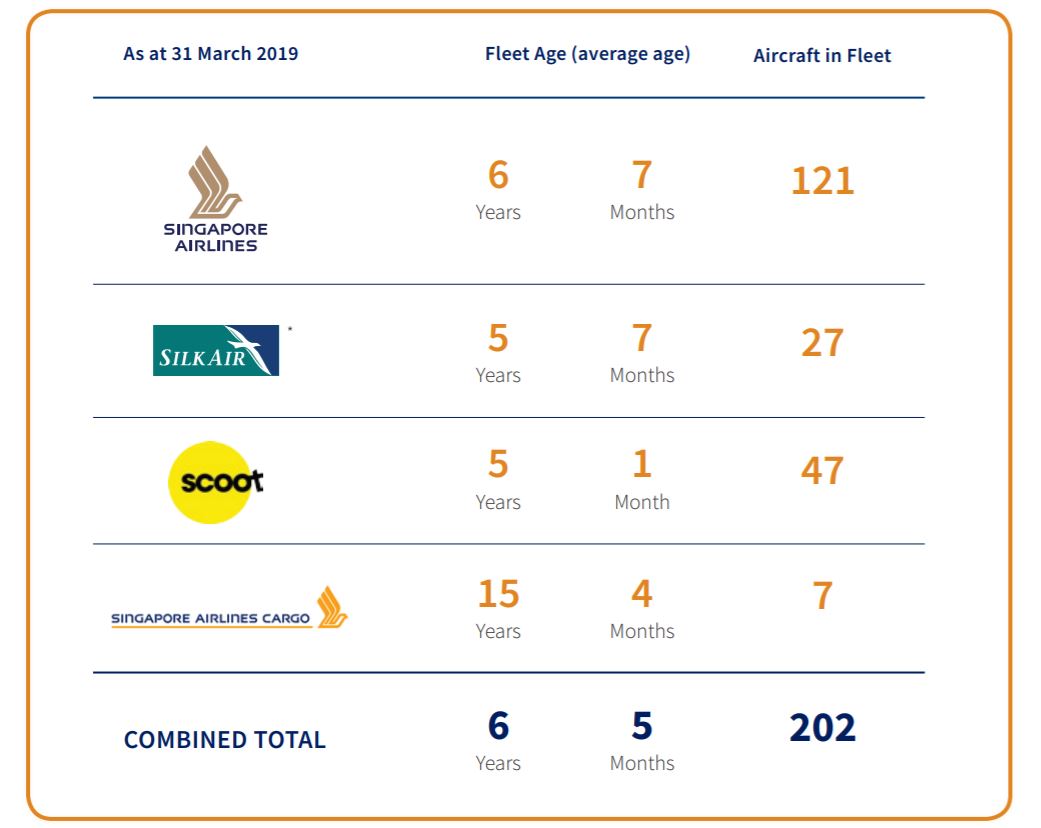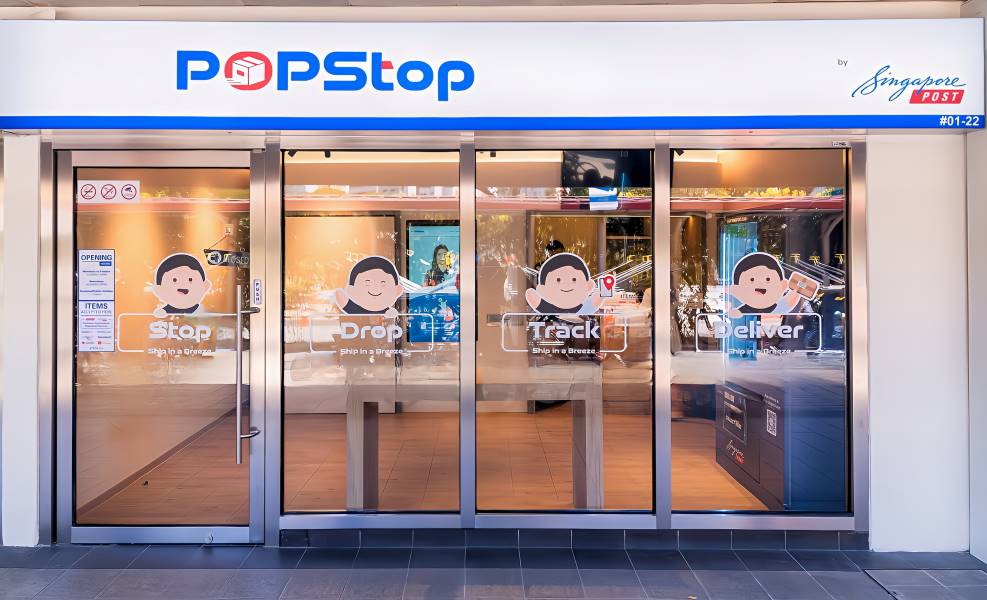The Covid-19 pandemic has gripped many sectors by the throat, especially the aviation industry.
Demand has collapsed as governments around the world try and stop the spread of the disease, which once seemed to be affecting only certain parts of Asia.
Measures such as curbing the movement of people across different countries have certainly affected the airline industry.
Singapore’s flag carrier, Singapore Airlines (SGX: C6L) (or SIA for short) has not been spared either.
One has to just glance at SIA’s share price.
From 23 January 2020, when the first case of Wuhan coronavirus (as the disease was loosely known then) hit Singapore, till the time of writing on 23 March, SIA shares have plunged around 38% to S$5.51.

SIA is right now at a fresh 52-week low share price.
At SIA’s share price of S$5.51, it has a historical price-to-earnings ratio of just 9, a price-to-book ratio of 0.5 and a dividend yield of 5.4%.
The valuations certainly look cheap, but I’m not loading up on shares in Singapore’s flag carrier.
Here’s why.
TL;DR: Reasons I’m Avoiding Singapore Airlines (SIA) Shares
SIA is a no-go for me due to the following reasons:

- There’s going to be significant capacity cuts amid the fall in demand, no thanks to the Covid-19 pandemic.
- SIA is operating in a price-sensitive industry, and that doesn’t bode well for the long-term as an investor.
- Capital is used to keep SIA’s fleet new, and that has caused negative free cash flow for four of the last five years.
- There could be more pain ahead with SIA’s balance sheet looking shaky.
- If SIA’s dividend is cut to conserve cash, its 5% dividend yield doesn’t look attractive anymore.
Significant Capacity Cuts
Before the Singapore stock market opened today, Singapore Airlines announced that it “will be cutting 96% of the capacity that had been originally scheduled up to end-April”.
That caused its share price to fall around 4% at market open.
Due to the capacity cut, the group will ground around 94% of its eponymous SIA and SilkAir aircraft, calling the current situation the “greatest challenge” that it “has faced in its existence”.
Scoot, the budget carrier arm of Singapore Airlines, will also cut its capacity, grounding around 96% of its fleet.
The latest news comes just less than a week since the group said that SIA will operate at 50% lesser capacity than initially scheduled up to the end of April.
Unless things get better, the demand for air travel might not be back to what it was before.
Granted, people will start globe-trotting again once governments lift travel curbs, and it may just be a short-term blip for SIA given the propensity for air travel for business and leisure.
If that’s really the case, the current share price weakness might be an opportunity for me to load up on SIA shares.
However, in my opinion, the long-term economics for airline stocks don’t look great, too.
Price-Competitive Industry
The airline industry is notorious for being a competitive one.
Unlike luxury goods, there’s very little brand loyalty when it comes to flying on a particular airline.
I, for one, usually go for the low-cost option if my trip is just within Asia, which is mostly the case. There are lots of options to choose from for me — Scoot, Jetstar, AirAsia, and so on.
Nowadays, with the advent of price-comparison sites like Skyscanner, I can make my life easier by sieving out the lowest price to fly from one place to another.
(Yes, I don’t mind the inconvenience of having nothing to nibble on for just a few hours.)
As an investor, I shun buying companies that are price-takers. Price-takers tend to have low net profit margins since they can’t command a high price for their goods. I prefer to invest in companies with net profit margins of more than 20% (or the price-makers).
In SIA’s instance, its net profit margin is clearly low.
For its financial year ended 31 March 2019 (FY2018/19), it posted revenue of S$16.3 billion while its net profit was S$682.7 million.
Dividing net profit by revenue, we get a net profit margin of just 4%, which ain’t gonna fly for me.
Need For Modern Fleet
On top of its low profit margin, SIA has to regularly use up cash to upkeep its young fleet of aircraft since it’s committed to operating a modern fleet.
As of 31 March 2019, the combined average fleet age of the SIA group was six years and five months.

What this means is that every six years or so, the cash that can be returned to shareholders as dividends or be used to re-invest into its business for growth has to be used to purchase new planes instead.
The capital outlay is humongous too; planes don’t come cheap, ya know?
For FY2018/19, around 98% of SIA’s capital spending of around S$5.6 billion was on aircraft, spares and spare engines.
Let’s look at the table below to understand SIA’s free cash flow situation over the last five years:
| FY2014/15 | FY2015/16 | FY2016/17 | FY2017/18 | FY2018/19 | |
|---|---|---|---|---|---|
| Cash generated from operations (S$' million) | 2,193.9 | 2,929.9 | 2,583.4 | 2,745.6 | 2,827.4 |
| Capital expenditure (S$' million) | 2,600.2 | 2,909.0 | 3,944.7 | 5,209.5 | 5,562.3 |
| Free cash flow (S$' million) | -406.3 | 20.9 | -1,361.3 | -2,463.9 | -2,734.9 |
SIA’s free cash flow has mostly been negative (and increasingly becoming negative) from FY2014/15 to FY2018/19.
It is from free cash flow that companies reinvest to grow their business, buy back their shares, pay dividends, or pare down debt.
More Pain Ahead?
Add the lack of free cash flow to the fact that SIA has more way debt than cash on its balance sheet (read: weak balance sheet), the business prospects are indeed not great.
For context, SIA’s balance sheet had S$1.6 billion in cash but S$7.7 billion in total borrowings.
The figures translate to a net debt position of S$6.1 billion, almost 9x that of FY2018/19’s net profit of S$682.7 million.
It’s no wonder that in the news release this morning, SIA said that it “has drawn on its lines of credits to meet its immediate cash flow requirements”, and it’s “engaging in discussions with several financial institutions for its future funding requirements”.
To conserve cash, the airline’s dividends could be cut too.
That would mean that SIA’s dividend yield of 5% is no longer an attractive proposition for dividend investors.
As a case in point, during the last financial crash of 2007 to 2009, SIA slashed its dividends from S$1.00 per share in FY2007/08 to S$0.12 per share in FY2009/10.
Will the same fate befall the airline again?
Only time will tell.
What Are Your Thoughts on Singapore Airlines?
Why not check out the Seedly Community and participate in the discussion surrounding stocks like Singapore Airlines (SGX: C6L) and many more!
Disclaimer: The information provided by Seedly serves as an educational piece and is not intended to be personalised investment advice. Readers should always do their own due diligence and consider their financial goals before investing in any stock.
...






